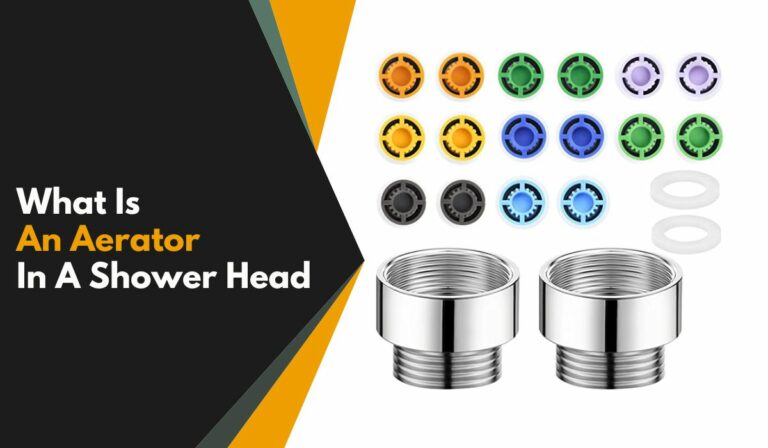How Deep Are Kitchen Cabinets: A Comprehensive Guide
When designing or remodeling your kitchen, understanding cabinet depth is key to achieving both style and function. You might wonder, “How deep are kitchen cabinets typically?” Knowing the standard depths and how they fit into your unique space will ensure you choose cabinetry that maximizes storage without sacrificing comfort or workflow. This guide breaks down everything you need to know about kitchen cabinet depths, from the common sizes to what influences these dimensions, so you can make informed decisions tailored to your needs.
Standard Depths of Kitchen Cabinets
Base Cabinet Depths
Standard base cabinets are typically 24 inches deep. This depth provides ample storage space while leaving enough room for countertops, which usually add another 1 to 1.5 inches. This combination creates a comfortable workspace and allows easy access without feeling cramped.
Wall Cabinet Depths
Wall cabinets, mounted above the countertop, are generally shallower than base cabinets. Their standard depth ranges between 12 and 13 inches. This design helps keep items within easy reach and avoids making the kitchen feel closed in.
Tall Cabinet Depths
Tall or pantry cabinets often match the base cabinet depth of 24 inches but can vary depending on design preferences. Some tall cabinets may be deeper, extending 30 inches or more, to accommodate larger storage needs or built-in appliances.
Factors Influencing Kitchen Cabinet Depth
Kitchen Layout and Space Constraints
Your kitchen’s size and layout play a big role in determining cabinet depth. In smaller kitchens, you might opt for shallower cabinets to maintain open pathways. Conversely, larger kitchens can accommodate deeper units that provide more storage without overwhelming the space.
Purpose and Storage Needs
Consider what you plan to store. If you have bulky pots and pans, deep base cabinets are essential. For everyday dishes or spices, shallower wall cabinets often suffice. Matching the depth to storage needs optimizes organization and accessibility.
Appliance and Countertop Compatibility
Depth must align with appliances and countertops. For instance, refrigerators and ovens have set dimensions, so cabinets around them should be compatible to maintain a seamless look and efficient workflow. Countertops are typically designed to overhang base cabinets slightly, so matching these depths carefully avoids awkward gaps.
Custom vs. Stock Cabinet Depths
Advantages of Custom Depth Cabinets
Custom cabinets allow you to tailor depth precisely to your kitchen’s layout and personal preferences. This flexibility ensures you can maximize storage and aesthetics, especially in irregular or challenging spaces. Custom cabinetry can accommodate unique appliance sizes and provide a cohesive flow.
Limitations of Stock Depth Cabinets
Stock cabinets come in standard sizes to simplify ordering and installation, which might not fit perfectly in every kitchen. Choosing stock depths could mean compromising on storage space, comfort, or how well cabinets integrate with appliances and countertops. But, stock options are often more budget-friendly and quicker to install.
Measuring and Choosing the Right Cabinet Depths
Tools and Techniques for Measuring Depth
Accurate measurement is key. Use a tape measure to determine existing cabinet depths or available wall space. When measuring, ensure you account for countertop overhangs, appliance clearance, and door swings. Mark your measurements clearly and double-check to avoid costly mistakes.
Design Tips for Optimal Functionality
Balance aesthetics with practicality. For example, in tight kitchens, consider shallower base cabinets combined with deeper pantry units to optimize storage without crowding. Also, think about how doors and drawers will open and whether the depth allows easy reach to the back of your cabinets. These small details can make a big difference in daily usability.
Conclusion: Selecting the Right Cabinet Depth for Your Kitchen
Choosing the perfect kitchen cabinet depth means blending standard dimensions with your unique space and needs. Whether you stick with stock sizes or opt for custom solutions, understanding how depth impacts storage, workflow, and overall design ensures your kitchen will be both beautiful and practical. Take the time to measure carefully, consider your habits, and envision how you’ll use the space daily, that’s how you get cabinets that truly work for you.


